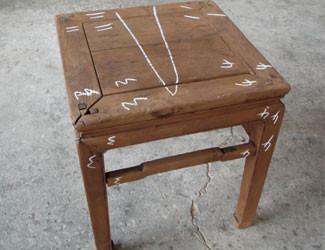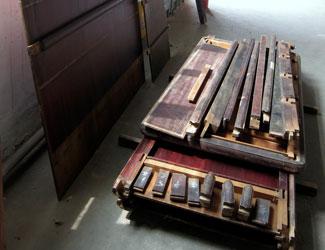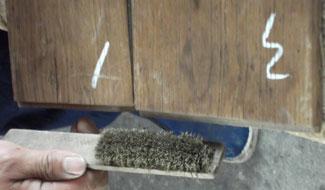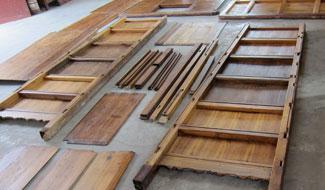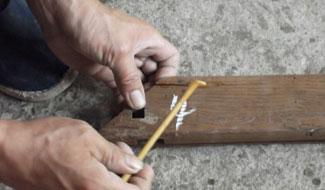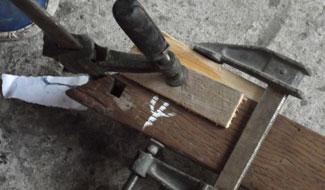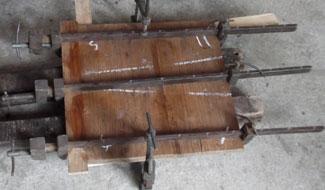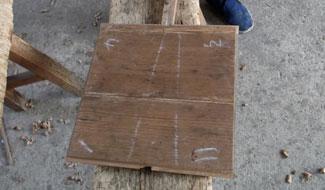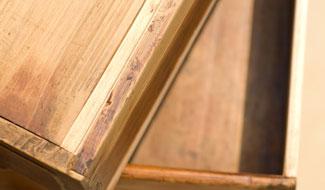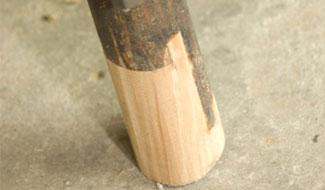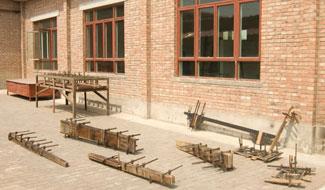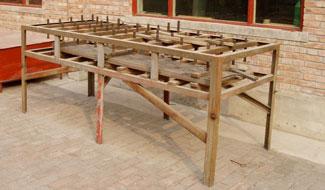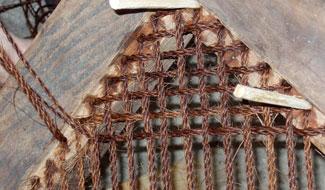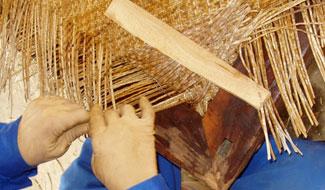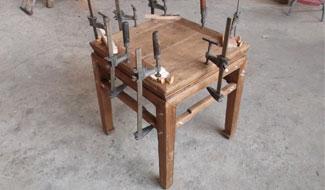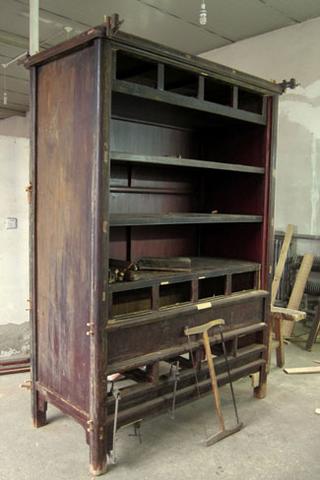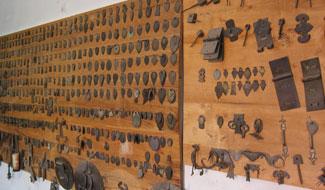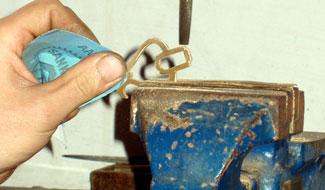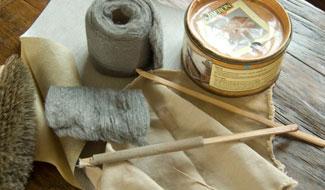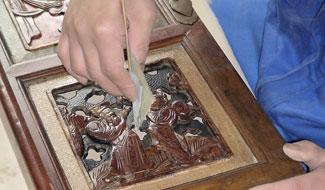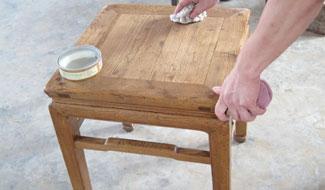In Chinese eyes authentic traditional Chinese furniture is characterised by ‘jing qi shen’, which translates as precision, the flow of energy and spirit. At Humble House gallery’s workshop in Beijing we believe we have created an environment where the work on every piece of furniture nurtures this tradition.
The work is a synthesis of conservation and restoration that requires experience, skill and patience. Following are the main steps in the process using a couple of different types of furniture to illustrate the detail. These processes apply to every furniture type and usually consist of:
- marking up, disassembly and cleaning;
- assessment, repairs and realigning; and
- reassembly and finishing.
Marking up and disassembly
Marking the location of the members in reference to its structure is the first step so that the piece can be later reassembled correctly. As the joints are interlocking it is essential to decide where to start disassembly.

